REACH grants are open to teachers and staff employed by the Suffern Central School District who are interested in implementing educational programs, projects, or activities for students of the Suffern Central School District. The REACH grant program seeks to fund innovative programs that promote academic development, creativity, problem-solving, leadership, and community service that go above or beyond the normal day-to-day school offerings.
Grantees are eligible to receive up to $1000 for proposals that may include, but are not limited to, the following:
- Innovative educational programs
- Expanding the horizons of Suffern Central students through science, technology, engineering, mathematics, and the arts
- Teaching the importance of community service
- Developing leadership potential within the school or in our community
Since 1998, The REACH Grant program has provided over $150,000 in financial support to bring many exciting programs to the students of the Suffern Central School District.
Click Here to Apply for a 2022-2023 Grant
For Frequently Asked Questions relating to the REACH Grant Program, please click on Grant FAQs.
Below is a listing by school a sample of some of the teacher grants awarded the past few years.
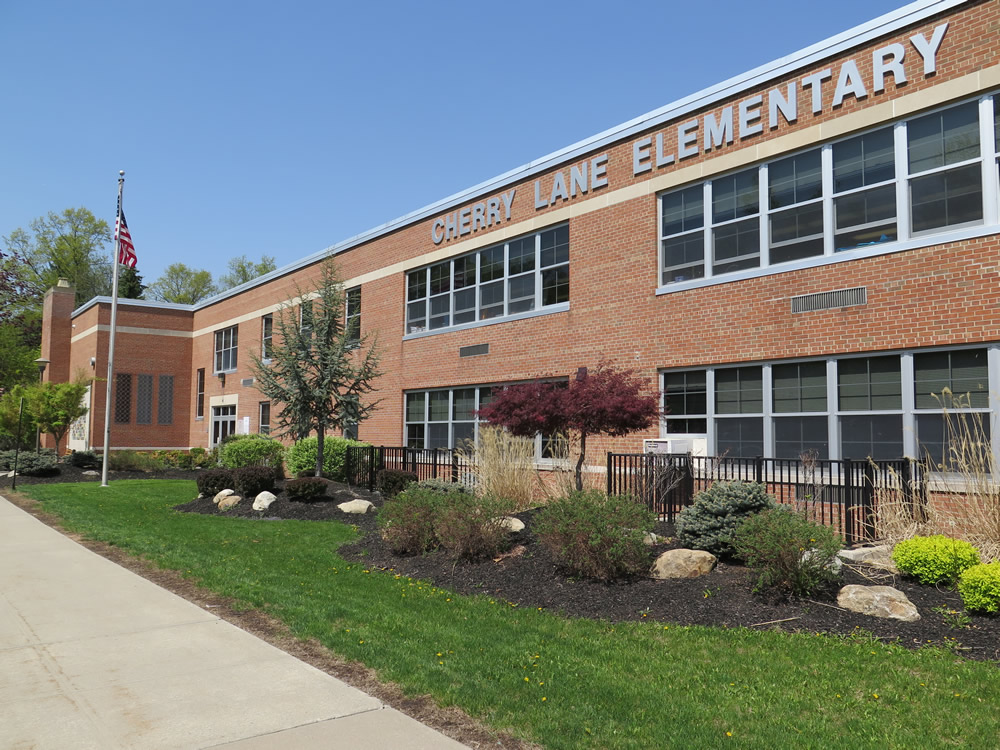
Project Archive: Hovercam to Record Lessons/Tutorials
(2014-2015)
Use of a Hovercam to post videos of Math and ELA lessons on the class blog and class site as a reference tool for students and parents to view/review at home.
Oboe Lessons
(Fall 2013)
Purchase of a student-model oboe for use by the instrumental music teacher in Viola and Cherry Lane Schools.
Creative 21st Century Skills Projects
(Spring 2013)
The goal of the project is to motivate students to demonstrate their knowledge of subject area material in new creative ways. Students work collaboratively and apply their knowledge of curriculum by presenting information using a variety of formats using Web-based tools.
Digital Cubism Paintings: Visual Arts and Technology Integration
(Fall 2011)
Using digitizing graphics tablets, students will create their own unique Picasso inspired digital painting using Kerpoof as a digital sketchbook and final projects created in Sumo Paint. The digitizing graphics tablets transcribe what is drawn, either by a stylus or by touch with fingers, onto the computer screen. This allows for better precision, a more accurate portrayal of art media pressure/sensitivity as well as adaptation for students who may draw more successfully with the touch of their fingers. Both Kerpoof and Sumo Paint are cost-free cloud based applications.
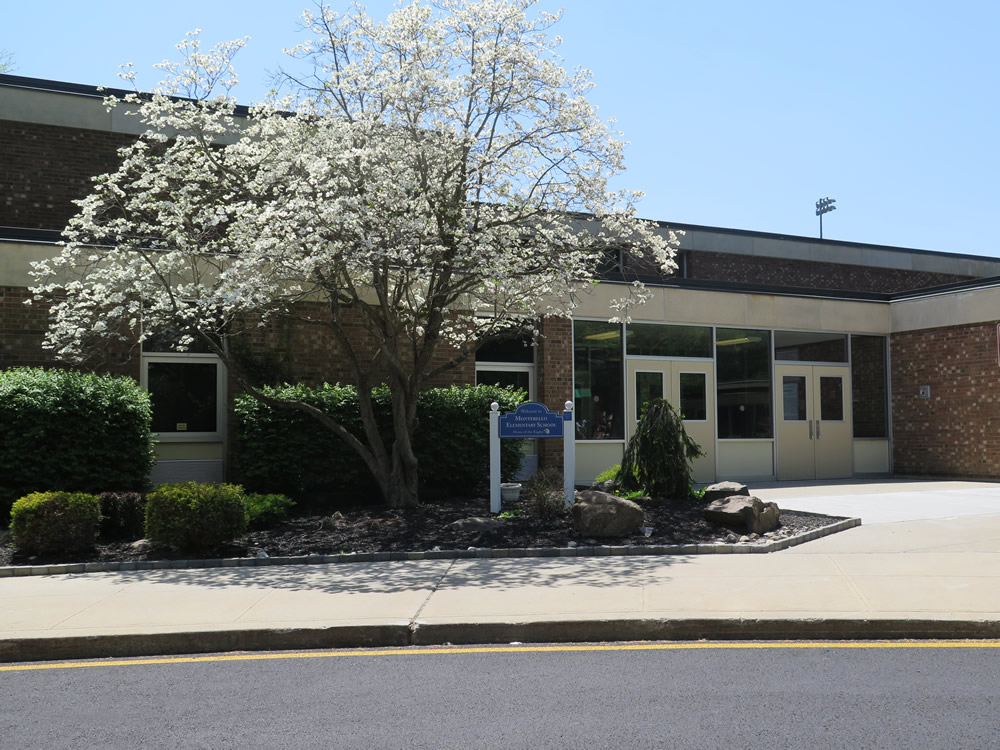
Project-Fish Habitat
(2015-2016)
This project help students: 1. learn that organisms have basic needs to survive, 2, observe and describe the interactions of animals and their surroundings and 3. learn how to care for animals in the classroom.
Buddy Bench
(2015-2016)
Students in 3rd, 4th and 5th assist in assembly, placement, advertisement and creation of sign to explain the use for the Buddy Bench. The buddy bench is a simple idea to eliminate loneliness and foster friendship on the playground.
Science, Plants, & Ceramics
(2015-2016)
Younger students use ceramics to study the structure of a leaf by using a leaf to make an imprint into clay and creating a beautiful piece of art, while older students have the opportunity to create pots to grow their own plants in and learn about the basic needs of a plant.
Illustrating Scientific Concepts Through Stop Motion Animation
(2015-2016)
Students utilize the STEAM design process to design a stop motion animation. This involves sketching and planning a sequence and story board, brain storming the materials and information needed to carry out their design, and evaluating and tweaking their design and plan.
Ride and Learn
(2014-2015)
12 Bike pedals for under the desks to give students a chance to move and learn. Research shows that movement helps some students focus and learn. A recent article revealed that a school has adopted stationary bikes to replace desks in their reading center as well in some classrooms.
Sensory Modulation
(2014-2015)
Six stools that allow movement whie sitting to increase learning for active students.
Yoga and Mindfulness Project
(2014-2015)
Weekly classes 30 min weekly, 6 week program. Focuses on emotional intelligence, resiliency and self-regulation through yoga.
b-calm System
(2014-2015)
Uses AudioSedation, a unique blend of sounds designed to mask distracting noises in the classroom or home. The system is not designed as a sensory or audio therapy, but as an “acoustic shield” allowing control of the sound environment.
Being a Close Reader: “Nook a Book” with Expeditionary Learning
(Fall 2013)
Third and fourth grade students enhance close reading habits while engaging in electronic multimedia books (nook) and benefit from interactive dictionary, text/font size, audio text pronunciation and interactive dictionary.
Options for Unique Learners
(Fall 2013)
AlphaBetter® Desks are standing desks to be used in my alternate setting for students with special needs. These desks give students the ability to stand and move, helping to burn excess energy, calories and potentially helping them focus.
How Am I Strong? Building a foundation of confidence and strength
(Fall 2013)
Learning materials that focus on building a foundation of confidence and strength. There is much emphasis placed on the physical experiences of yoga, learning more about how our bodies work, and exploring how capable they are. Along with the development of physical strength we will be building inner strength and resilience. Students are introduced to the idea that strength is not only about power, but also about flexibility and balance.
The Relaxed Classroom
(Fall 2013)
The Relaxed Classroom program was designed specifically for teachers, psychologists and education professionals who wish to reduce stress, promote peacefulness and improve retention in the classroom and therapeutic settings alike. This innovative program is perfect for progressive schools and community initiatives where teachers want to bring stress management tools into the classroom experience to improve learning, peer relationships and have happier, more focused children.
Superkids Reading Program
(Fall 2013)
A reading program for Kindergarten and first grade students that fosters literacy growth.
Peace Talks
(Spring 2013)
Peace Talks teaches self-advocacy skills to student body by utilizing “I” statements, active listening and generating solutions to problems.
Monty Eagle
(Spring 2013)
The “Monty Eagle” project is designed to foster authentic literacy activities for first grade students and to get them excited to write about Monty’s adventures in our school and community.Students write about Monty’s (stuffed eagle – the school’s mascot) adventures in the first grade classrooms, daily school activities, special school and community events, March to May. Monty Eagle and his student-created book of adventures are swapped with a partner first grade class in Albany, N.Y.
Kindergarten iPod Literacy Center
(Spring 2013)
A classroom listening center built on iPod technology, loaded with audio books and voice recordings of story readings, allow students to more easily continue literacy learning at home.
Common Core Learning Standards
(Spring 2013)
Provide teacher and students with the appropriate classroom materials to align current curriculum with Common Core Learning Standards and increased rigor.
The Visual Image
(Spring 2013)
To further enhance the use of photography and the integration of the visual arts, digital image editing software such as Photoshop Elements is used to enhance our student’s ability to communicate using visual imagery.
ECO Eagles
(Spring 2013)
Our school’s ECO Eagles environmental team would like to expand our recycling program to include a compost bin for the food waste collected during our lunch periods each day. The compost generated material is used to revitalize the soil for floral, shrub and green plants in our school gardens and Eco Cove.
Motivating, Moving and Modeling Reading in the Digital Age
(Fall 2012)
The use of Nookcolor in reading for learning and personal enjoyment will enhance cognitive, critical and creative thinking in all students. The Nookcolor will increase engaged reading through its multimedia features, increase comprehension levels, and promote enthusiasm for reading.
Broadcast Center
(Fall 2011)
Broadcast Center will be a hub for all students grades 2-5 to apply their visual and digital literacy skills. The Jacob Burns Media Center will provide on-site workshops so students build their expertise in effectively using cameras, various lighting stages, film equipment, editing techniques, and digital transferring skills.
Math On The Go
(Fall 2011)
Portable math center activities used to enhance and reinforce mathematical concepts taught in the classroom. The portable centers are comprised of math games, Didax math dominoes, Didax expression triangles, and Real Life Math Mystery “Solve-it” challenges. Will be used by students during math class sessions, in cross-class IE periods, lunch/recess periods, and “weekend family fun math” events
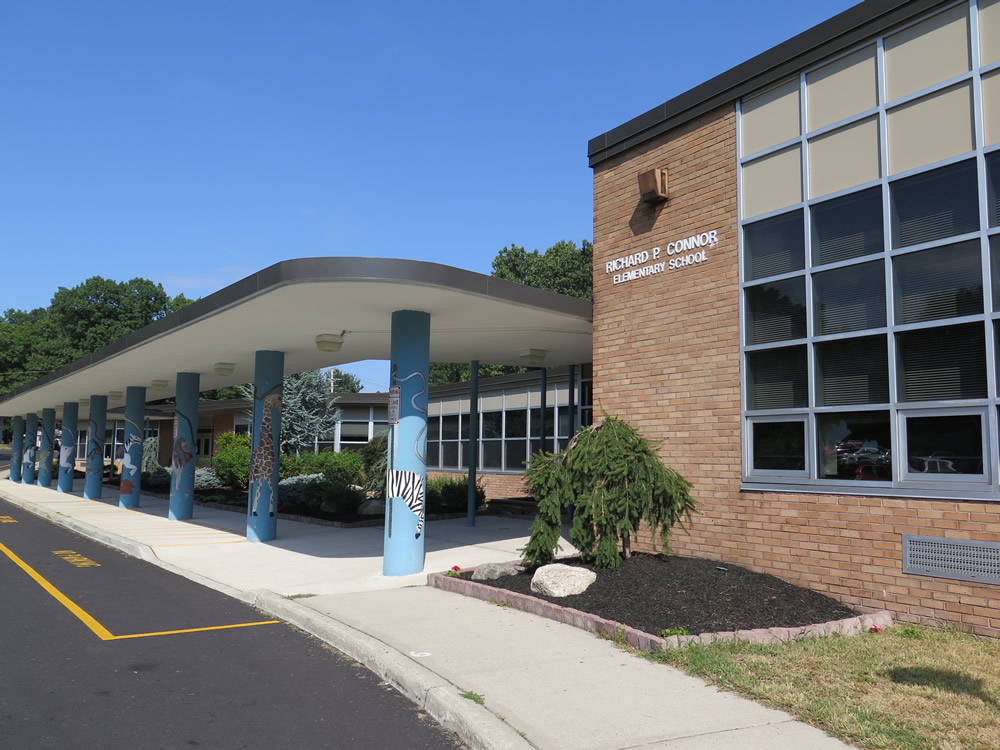
Fairy Tales Problem Solving Through STEAM
(2015-2016)
Meaning Math
(2015-2016)
Create a video that focuses on fractions. The video would highlight students at every grade level outlining the progression of learning that is takes place from grades K-5.
Student Tutorials
(2015-2016)
Tutorials support student learning of math concepts by providing opportunities for students to discuss and interact with concepts in a unique way. True evidence of learning happens when students can demonstrate their understanding of a given concept to others.
Once Upon a Yoga Mat
(2014-2015)
Yoga Kids is a program that combines yogic techniques designed especially for children using Dr. Howard Gardner’s theory of multiple intelligences. Gardner, an author and professor of education at the Harvard Graduate School of Education, describes eight intelligences innate in all of us—linguistic, logical, visual, musical, kinesthetic, naturalistic, interpersonal, and intrapersonal—and emphasizes that children should be given the opportunity to develop and embody as many of these as possible.
Fidgeting into focus
(Fall 2013)
Inflatable seat cushions used by 5th grade students.Studies have shown improvement in student’s attention with the use of a seat cushion not only with focus but also increasing core strength. The small muscle adjustments needed to balance on the cushion help kids develop core strength and are a way of fidgeting to focus. The movement stimulates the child’s brain enough to create focus thus allowing the student to attend to their school work.
Kiln 2013
(Spring 2013)
The Kiln (a thermal oven-like device used in ceramics) will be used by all grades to further art and core curricula connections throughout the grade levels.
Songs for a Singing School
(Spring 2011)
Songs & Stories for a Singing School program presented by Peter & Mary Alice Amidon school-wide assembly, participatory in nature. Students taught a few songs ahead of time & learn new songs & stories during the assembly. Allows school to gain a sense of community by making music together. 2nd grade students participate in folk dancing workshops with the Amidons in addition to assembly.
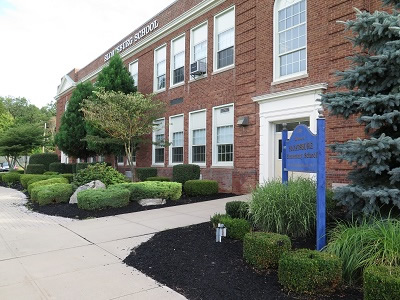
Reading Pen
(2015-2016)
The reading pen assists special education students who struggle with reading and allow for a multisensory learning experience. Students are able to grasp the content of science and social studies, without reading issues interfering with the content. The pens are used during independent reading time to increase fluency and vocabulary development and allow for independence.
Avian Aerial Artworks
(2015-2016)
Second grade students will create and construct avian mobiles using the Calder style to showcase design, balance, motion and nature.
Seating Solutions
(Spring 2013)
Four special ball chairs with backs to assist special education students with their focusing and stamina. The chairs would be used by students when they are required to sit for long periods, as well as during instruction to help them focus on the lesson being taught.
Strengthening the Home / School Connection
(Spring 2013)
Educational games that can be used build a stronger connection between school and family life while also reinforcing the curriculum learned in class.
Studio Time
(Spring 2011)
Elementary students will have the opportunity to study themselves and famous art works through observation and lessons to understand the elements of art in a more comprehensive manner. Use prints, mirrors & art materials to create self-portraits that will be exhibited. Students need and want more “art materials” that they can be inspired by and learn from.
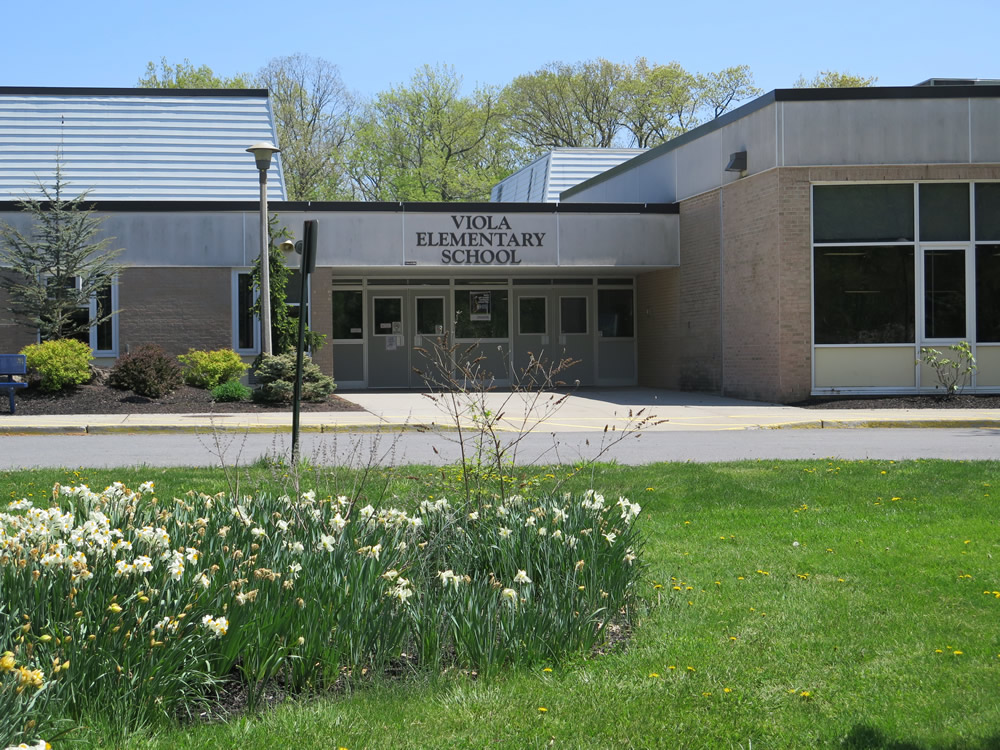
Finch Robots
(2015-2016)
Third grade students are learning computational thinking through a program called Scratch. It emphasizes such skills as collaboration, problem solving, coding/programming, critical thinking and decision making. As a culmination to this unit, students will be able to use their programming skills to learn to control Finch robots
Hydroponics
(2015-2016)
The purpose of this project is to introduce my students to hydroponics as an alternative method of growing plants.
Tinkering to Design and Create
(2015-2016)
“Tinkering to Design and Create” is an opportunity to ignite students’ curiosity, and engage them in active inquiry and problem solving through the use of “littleBits”, 21st century electronic building blocks.
Calder Inspired Mobiles
(2015-2016)
Students construct mobiles inspired by the works of sculpture Alexander Calder.
Biofeedback Basics
(2015-2016)
The goal of this project is to give elementary students who are experiencing high levels of stress a concrete and engaging way to manage and control their anxieties by teaching and having them experience the powerful connection between the mind and body.
Pedal to Settle
(2014-2015)
This project proposes the use of portable pedal exercisers, stationed under students’ desks, which allow for physical exercise through pedaling, while attending to in-class activities. While exercise is an evident benefit, studies prove that in-class exercise produces a positive academic benefit as well as improved behavioral outcomes.
Oboe Lessons
(Fall 2013)
Purchase of a student-model oboe for use by the instrumental music teacher in Viola and Cherry Lane Schools.
Link Up
(Fall 2013)
“Link up” offered by Carnegie Hall’s Weill Music Institute, invites students on a year long musical journey culminating in an interactive musical performance at Carnegie Hall. The interdisciplinary and multi-sensory curriculum teaches students about music theory, appreciation and history, instruments of the orchestra, composers and performance while mastering 5 musical compositions on the recorder. Students perform these with a professional orchestra at Carnegie Hall and Viola’s spring concert.
Aquatic Ecosystems Large and Small
(Fall 2013)
Project for 3rd grade students includes: 1. learning about the consequences of water pollution from an oil spill, 2. learning about clean energy alternatives presented as way to minimize impact on our environment, 3. Discussion of plants and animals based on books’ non fiction appendixes, and 4. Students choose four animals to draw
Photography: Composition and Design
(Fall 2013)
Fifth grade students learn about the Elements of Art (space, texture, color) through the use of photography. Students learn about the Principles of Design (balance, proportion). Lastly students learn the basic elements of photography such as position, effects of lighting, and movement.
Wii Challenge
(Fall 2011)
Incorporate Wii systems/games into a dance & stations PE unit to improve quality & student participation, to motivate students & increase interest in dance & physical fitness.
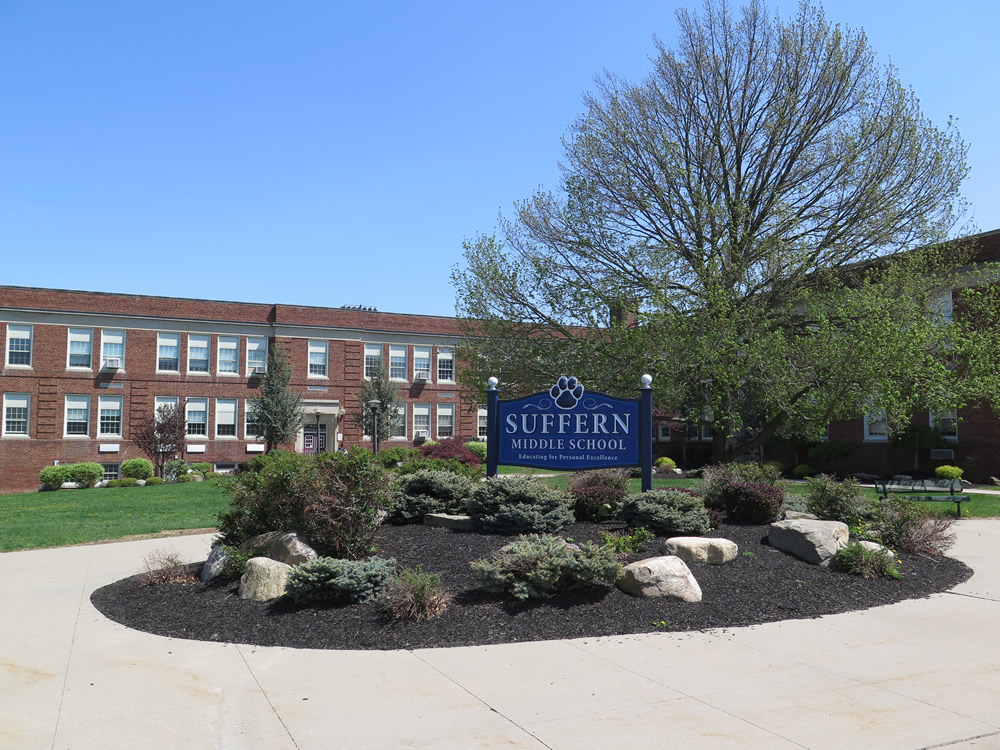
Promoting Social – Emotional Learning
(2015-2016)
Toys that can be used in the classroom for promoting social-emotional learning. Emotional development provides children who have ADD/ADHD with the abilities they need to explore and interact with the world around them.
Manipulatives in Math
(2014-2015)
Foam puzzles for studnets to create cubes at different levels. The goal is to improve students’ spatial visualization skills, increase abstract reasoning and collaboration.
Florescent Light Covers
(2014-2015)
Sevent Skyview panels to cover lights in classroom. Studies have shown that fluorescent lights affect people with autism and epilepsy. Some researchers maintain that individuals with autism are more vulnerable to the sub-visible flicker that can cause headaches, eyestrain, and increased repetitive behavior.
Music Maker
(2014-2015)
Wireless sound system for side turf field. During classes the kids can participate in the dance unit outdoors instead of being inside on nice weather days, and kids can play movement activities. During after school sports, teams would be able to announce events and fundraising goals as well as provide music during stoppage of play. During the day, students can enjoy the outdoor weather and the fields more frequently.
Enrichment & Innovation
(2014-2015)
Green Screen for Enrichment projects. To promote student creativity and innovation by having students complete different tasks such as: reciting a poem, creating an animation video, infomercial, karaoke scroll, newscast, song parody, or informational video demonstrating their knowledge of any topic from that quarter. Students will use video recording devices, movie making apps, and the green screen.
The Learning Studio
(2014-2015)
The EPIC (Every Person Is Counted) Learner Studio is a game-infused classroom where all learning styles are honored and addressed. Research has determined that many kids need to move to learn, while others simply want to “block out the noise.” Our curriculum is both web-based and traditional and every student has authentic agency in determining the method in which they choose to learn. All quest based challenges are aligned to CCLS, and extremely rigorous.
Social Skills Stories
(2014-2015)
To utilize iPads and specific applications (apps) during the counseling session that teaches children how to navigate their social world. The apps provide intervention strategies that teach children with ASD self-awareness as well as self-calming and self-management skills. The iPad will allow students to write their own social stories using technology that is often critical to the learning process for students with ASD.
SMS Green Team Garden
(2014-2015)
Prepare gardens for spring planting by building garden beds. The grant covered the materials to be used build the planting beds withing the garden. There are 45 students on the Green Team, spread out over all three grades (6,7,8), and there are 3 teacher advisors. The team worked with 3 master gardeners from Cornell Cooperative Extension, who are guided the team through the process of creating and maintaining the garden.
Kindness Crusaders
(2014-2015)
Project to create videos promoting random acts of kindness.
Alphabetter Stand Up Desk
(Fall 2013)
The AlphaBetter Student desk allows students to stand at their desk while learning and utilize the attached swinging foot rest for balance. The AlphaBetter Student Desk promotes classroom focus, helps ADHD in classroom settings, improves handwriting, and expels excess energy. Studies have shown that moving increases academic abilities and moving can facilitate learning.
Civil War Traveling Museum with Hands-On Exhibits
(Fall 2012)
The Civil War Traveling Museum is a Hands-On exhibit with 18 tables of primary source artifacts of the American Civil War. It also includes a whole group presentation to provide background and context for the 7th grade students at Suffern Middle School. The exhibit includes clothing, weapons, newspapers, flags, etc. from the 19th century.
Printing Process
(Spring 2012)
Art Club students will be introduced to the history of printing through experiencing relief printmaking techniques. Students learn about the history of printing, the tools used in relief printing, how to execute the steps in traditional print making techniques (linoleum block), how to use negative, as well as positive shapes, effectively in their prints, subtractive carving method to create a reverse relief plate and lastly how to properly use a printing press.
Differentiated Reading
(Spring 2012)
Using the performance plus table top listening center allows co-taught & support classes to hear differentiated texts without removing inclusion students from classroom. Can also be used in resource classroom when different groups of students are listening (or listening and following along in book) to 2 different books. Can be used with iPods, computers, etc.
Are Wii Fit?
(Spring 2011)
Wii Fit Plus to introduce physical activity to majority of students who don’t play competitive team sports. Yoga, running, push-ups, hula hooping, skiing, etc. Some games can also be adapted to students with physical limitations (e.g., bowling or tennis by swinging arms from bean bag chair). PE station rotation and/or lunchtime activity.
SMS Stress Reduction Clinic
(Spring 2011)
Mindfulness Based Stress Reduction (MBSR) is a research-based technique used to help reduce stress. Teachers who practice MBSR are more creative, more patient, healthier, happier, and overall more productive in the classroom. MBSR techniques can also be integrated in the classroom and teachers can share their strategies for stress reduction with students. 8 week, 9-session MBSR stress-reduction clining, training in mindfulness meditation and mindful hatha yoga. Teaches participants how to integrate and apply mindfulness in their everyday lives, specifically, in the classroom environment
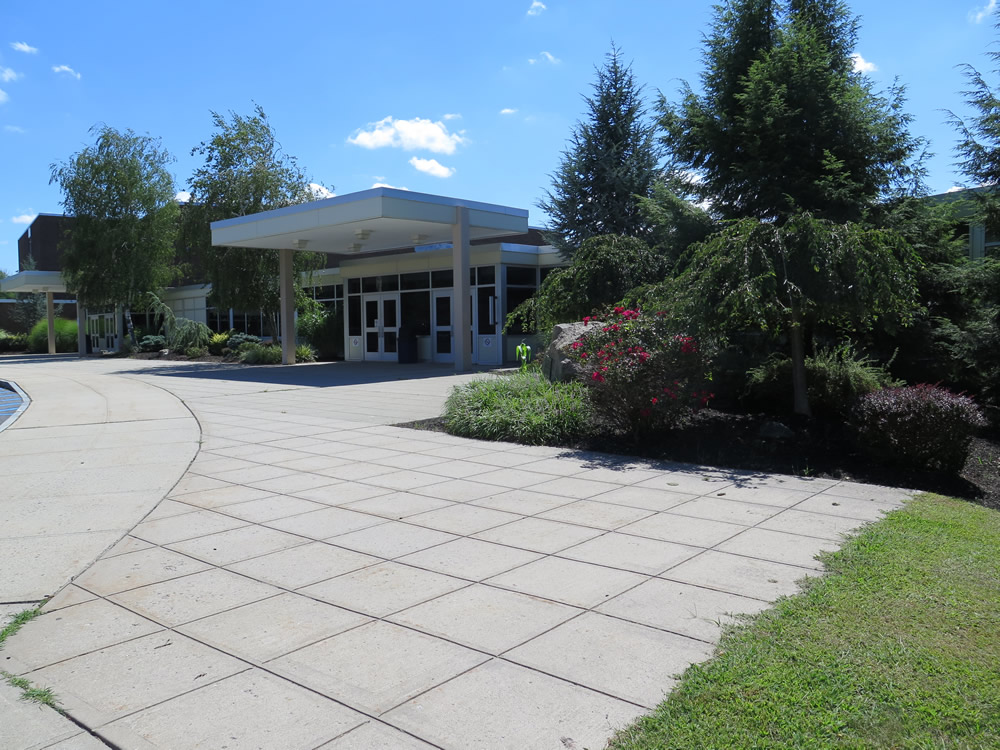
Visiting Artist – Medical Illustration
(2015-2016)
Visiting artists share with 11th and 12th grade students their own career paths, their own process of creating art and a lesson on creating medical and scientific illustrations. Students produce a medical or scientific illustration which will be on display at the STEAM Expo
SHS Goes to Camp College
(2014-2015)
Camp College is a college readiness program sponsored by the New York Association for College Admissions Counseling (NYSACAC) consisting of a weekend at a college in NYS. During the weekend, volunteer mentors (college admissions professionals and secondary school counselors) supervise and lead the students in activities. Grant covered the cost of the students attending the program.
NAHS Sculpture Project
(Fall 2013)
In the absence of a sculpture class at the HS, National Art Honor Society (NAHS) Members will design and build sculptures to be displayed at the HS, one of the other RCSD schools, or possibly somewhere in the community.
Writer’s Workshop with Dr. Carol Bierman
(Fall 2013)
Author Dr. Carol Bierman will visit the Literacy Seminar class to work with students using a writing workshop model. She would talk about writing memoir, the writing processes in general, read an excerpt from her book and have a Q & A at the end of the lesson. Dr. Bierman will then visit the 11th grade Learning Center English class to kick of a unit on the novel Night. Dr. Bierman wrote a book about the Holocaust, The Girl Who Survived, which she uses in her History of the Holocaust at RCC.
AVID College Visit
(Fall 2013)
The High School Guidance Department, in conjunction with AVID teachers, seeks to provide AVID students with the opportunity to visit a four year college. AVID (Advancement Via Individual Determination) is a program that supports college-bound students who fall in our academic middle. Traditionally, these students need more support than the average college-bound student and often do not have the opportunity to visit colleges on their own.
The Fashion Institute of Technology Field Trip
(Fall 2013)
A field trip the the Fashion Institute of Technology for 11th graders to attend a presentation given by the Admissions Department on how to apply to FIT, portfolio requirements and description of majors.
SHS Marching Band Competitions
(Fall 2012)
Beautify Our School
(Spring 2012)
Learn about George Segal who created life-size sculptures. Bring students together in a team effort to make art. Allow students to express the importance of capturing and appreciating the little moments in their lives. show students and fellow colleagues that the arts and humanities play a vital role in the educational development of students. They help us explore what it means to be human, including both the ethical and aesthetic dimensions. Students create large plaster gauze sculptures in student-type poses such as reading, working on a computer, which will be displayed throughout the high school.
World Championship FIRST Tech Challenge Robotics Tournament
(Spring 2012)
As champions of Hudson Valley area, Suffern Syborgs Robotics Team earned a spot in 4-day World Championship competition in St. Louis, MO in late April 2012. REACH helped to defray some of the travel expenses.
Look Out Project Runway!
(Spring 2012)
Expand the Fashion Design class to include sewing & draping. To accomplish this goal REACH helped fund some of the sewing machines & adjustable dress forms used at the beginning of 2012-13 school year.
